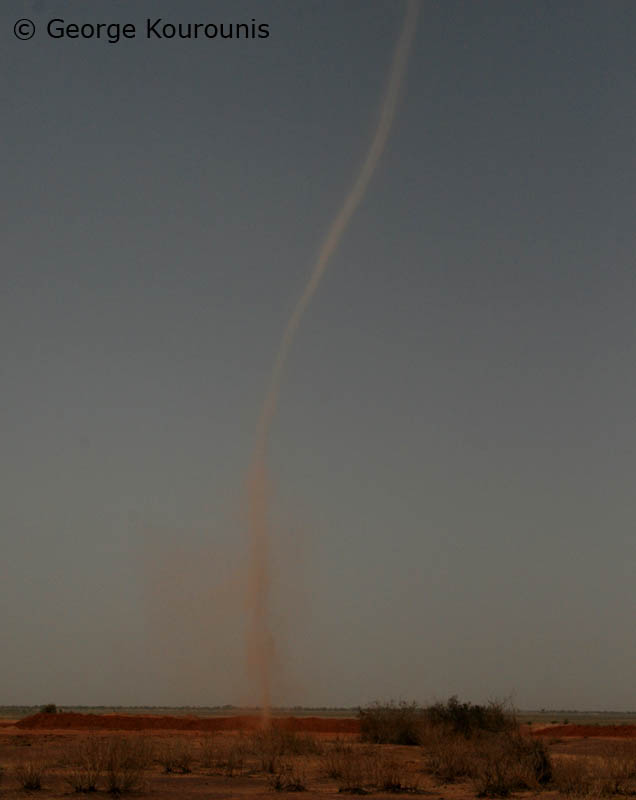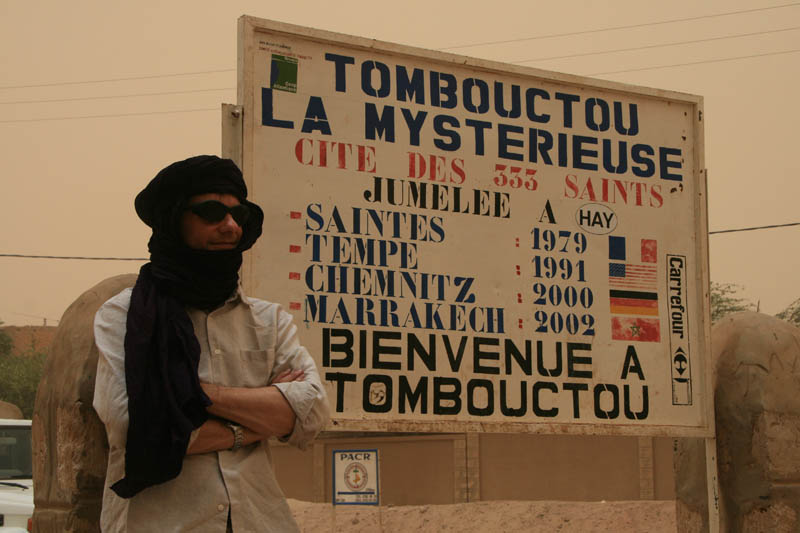Oh yes, it was hot. I visited the met office at the Timbuktu airport and it was 109 with a dewpoint of 44.
Sounds like Arizona in summer. It can go up to 120F just around Phoenix. One teens are common, for about 1 month so not too terrible, with dewpoints higher 55+ during monsoon and into the 70s on the stormy nights. Some change from desert to desert, there are four of course, the Sonoran, Mojave, Great Basin and Chihuahuan.
There was one day that hit 122, which was unusual. Planes at Sky Harbor had to be grounded. Oddly, this was because the safety manuals had no parameters for flying above 120 degrees. A weird technicality.
Water was always an issue. We'd have to stock up in some of the small towns with bottled water since it could be quite hazardous to drink the tap or well water there (although by the end of the trip I was and had no ill effects).
Eep, sounds funky. I wonder if purification tablets are available or could be brought with. You're brave

The trick is to only be active in the early morning and late afternoon.
That's what all the critters do around here. Nobody moves midday in summer; they're all underground, in caves, or inside saguaro cacti. Good to follow the animals. They become early risers, then active again at dusk and at night.
Even at night it was hot.
Here it stays hot where there is civilization. It will only lose about 15 degrees over the course of the night. The open desert experiences a 15 degree dip as soon as the sun sets, then another 15 gradually through the night. Hiking by moonlight is actually quite pleasant, but only when water is taken. Sometimes, it is a hot by day/cold by night thing, which takes people off guard, they don't think that they actually might need a jacket during the night at times.
One of the people I was with had a real tough time and was suffering from heat exhaustion (possibly even heat stroke).
I have run into people in this condition multiple times now and had to assist. In all cases, they had not brought enough water for themselves. One had run out of gas, underestimating the preposterously huge landscape of the Plateau. He was from Baltimore and out here for the first time.
I've been to Arizona numerous times now for the monsoon in August plus I've filmed in Death Valley in July and the Danakil Desert in Ethiopia so I have a fair amount of high heat experience. If you don't keep yourself hydrated and your core temperature down... It can get very serious, very quickly.
That's more than a fair amount of experience! LOL. Death Valley can get well into the high 120s and even over 130 F has been recorded. It is also a very long distance between services. Prob not too unlike the Sahara at all.






